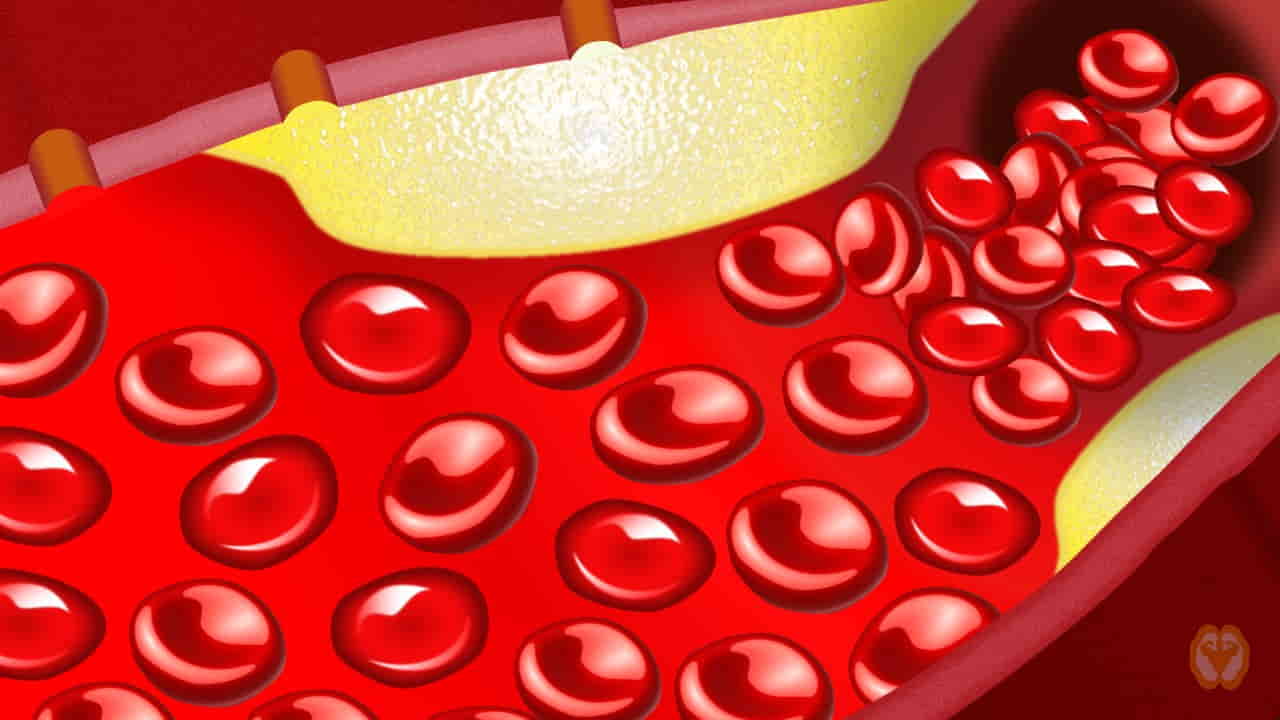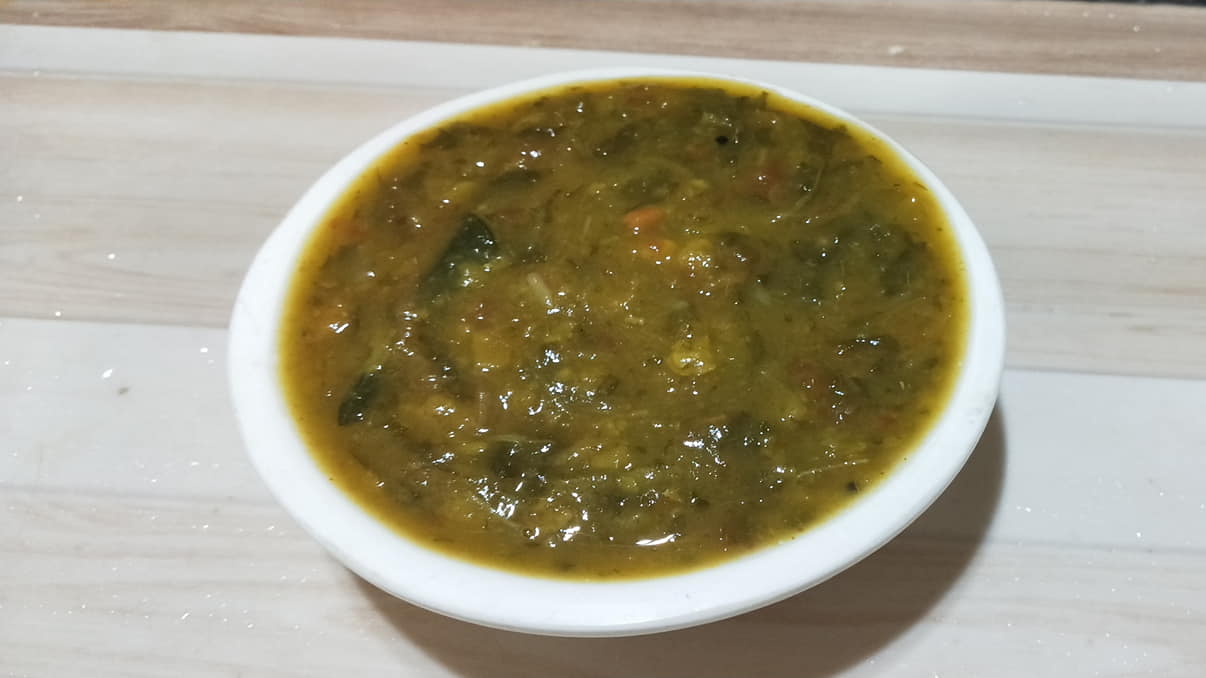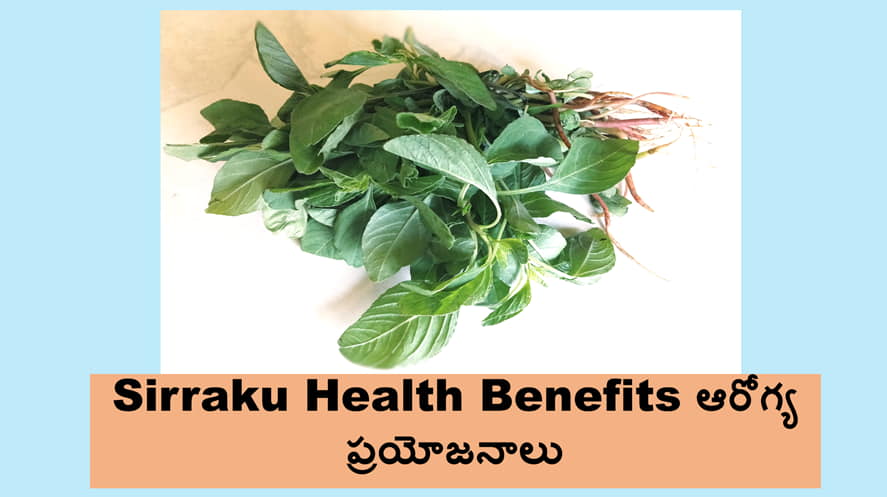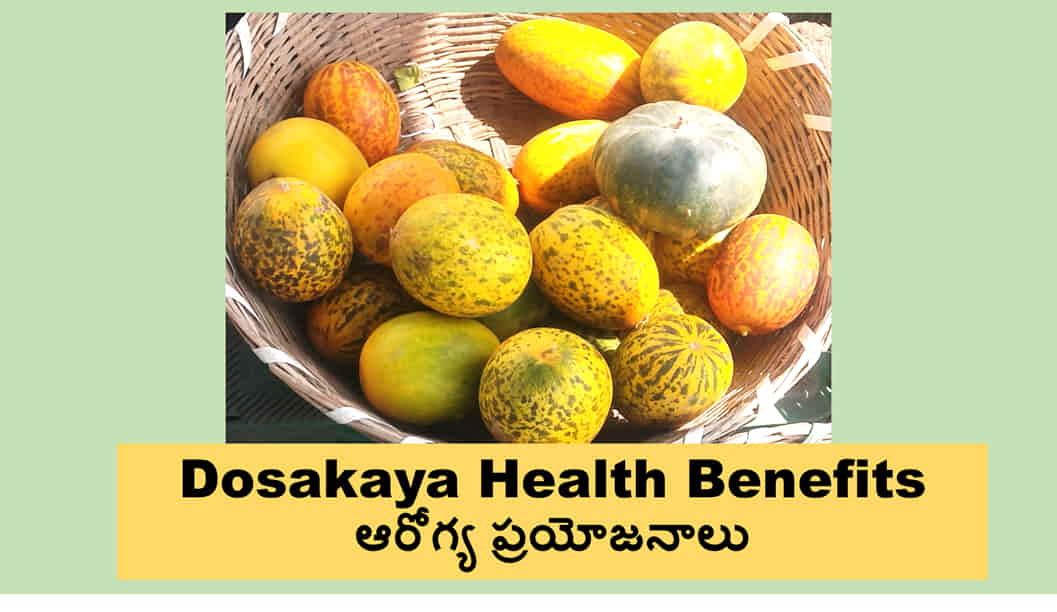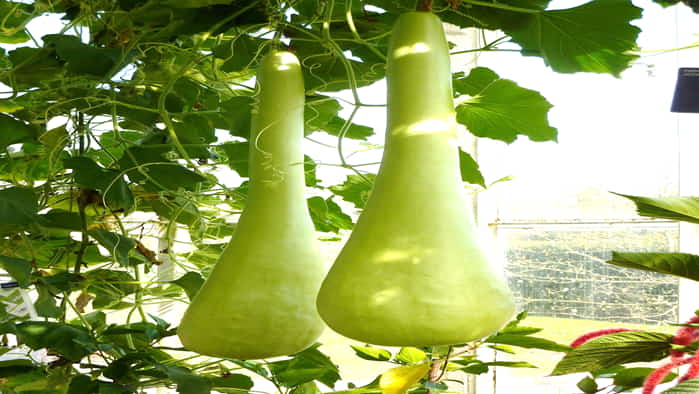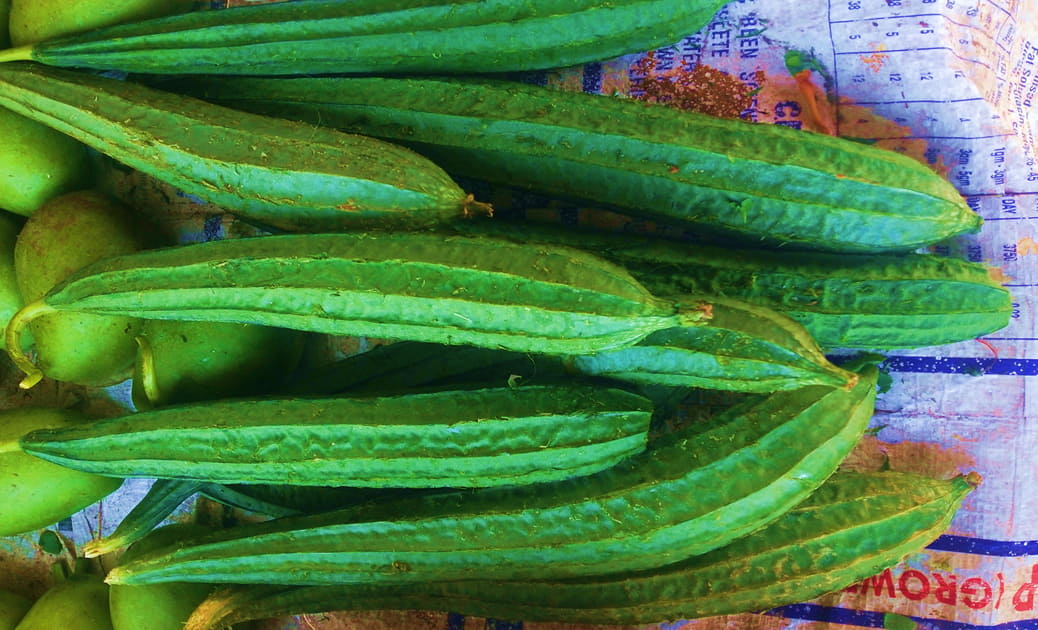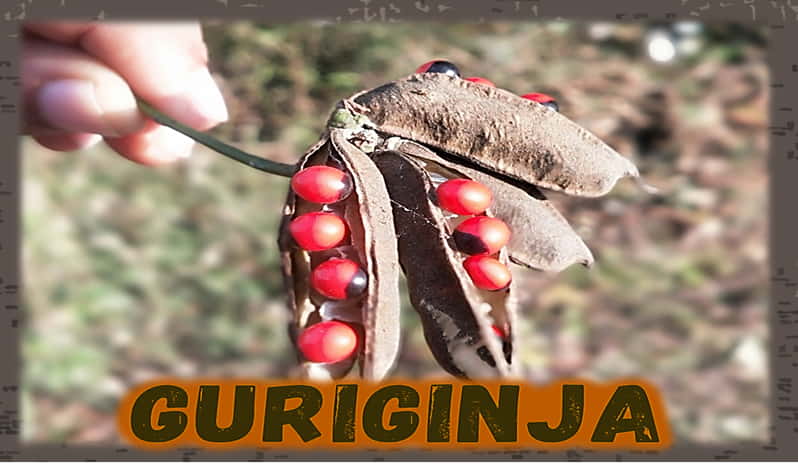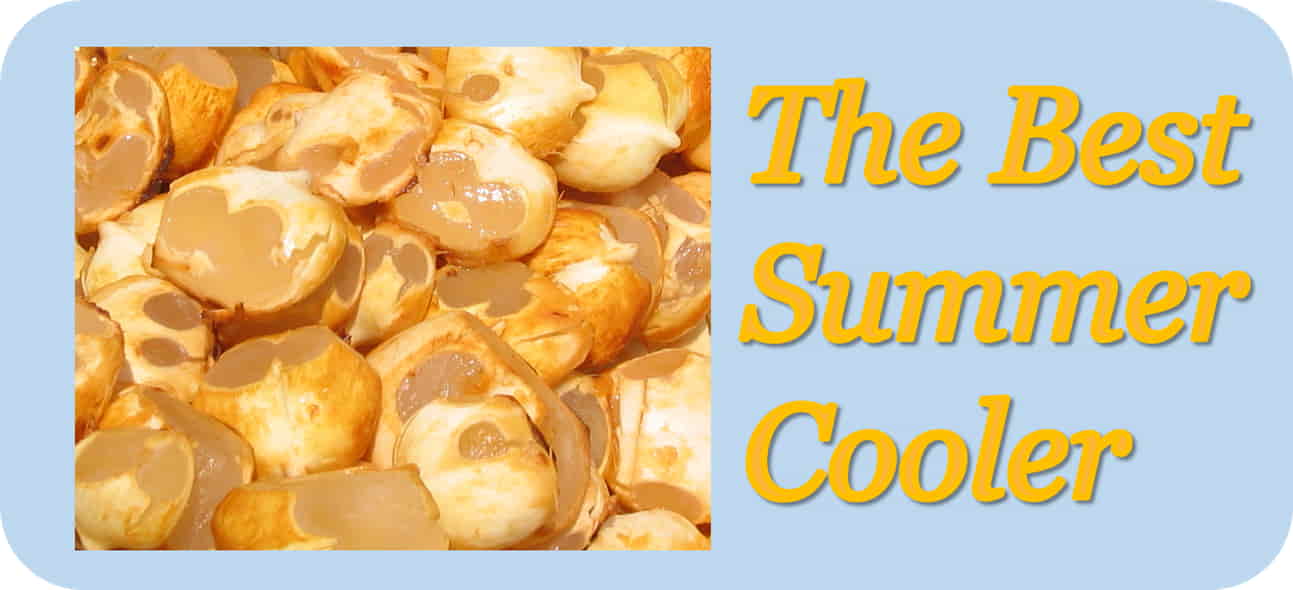Proso millet is one of the few types of millet cultivated in Asian countries. Proso millet is considered one of the top grains for providing bioaccessible nutrients among the most widely consumed food grains.
In this article, you can find the name of proso millets in Telugu and some healthy properties along with its scientific facts.
Proso Millets in Telugu
- వరిగలు (Varigalu)
- Buy Protein Rich Manna Proso Millets
Other common names for Proso millet include Kashfi millet, red millet, white millet, broomcorn millet, wild millet, panic millet, common millet, and hog millet.

Cost/Price of Proso Millets
- The natural proso millet price in India ranges from Rs. 90 to 180 per kilogram.
- The processed proso millet cost ranges from Rs. 150 to 250 per kilogram.
The cost or price of proso millets, however, varies according to the grain’s age, quality, location, and state (raw or processed) of the seeds. The seeds that will be used in agriculture to grow this millet are somewhat expensive because they need to go through several stages of processing.
Buy unpolished Fiber Rich Proso Millets
Proso Millet Uses/Benefits
The North American and European food industries have been showing increasing interest in considering proso millet as an energy-rich flour due to its high nutritional value, high fiber content, gluten-free nature, potential health benefits, mild flavor, and light color.
Both wheat and proso millets contain roughly the same amount of protein, but proso millet has a significantly higher proportion of some essential amino acids (methionine, isoleucine, and leucine).
Due to the phytochemicals found in millet grains, millet is a significant crop that offers a variety of health advantages.
The millet phytonutrient lignan helps lower the risk of heart disease and fights against various hormone-dependent cancers, including breast cancer.
The readily bioavailable phenolic compounds found in proso millets promote good health, and their high calcium content supports bone and dental health.
Because of its higher levels of calcium, iron, zinc, dietary fiber, polyphenols, protein, potassium, magnesium, and phosphorous, proso millet is considered one of the best sources of essential elements compared to other cereals.
Lecithin, which is abundant in proso millet, helps in regenerating the myelin fiber, increasing the metabolism of brain cells, restoring the function of nerve cells, and offering excellent support for the health of the nervous system.
Additionally, millets may slow down human aging and offer protection from degenerative diseases that develop with aging.
As they are packed with a huge amount of antioxidants, high fiber, and complex sugars, millets can benefit in the prevention of cancer and cardiovascular diseases.
High LDL cholesterol accumulation and high blood pressure can be regulated with regular millet consumption.
Proso millet and other millets are high in phosphorus, which enhances the structural stability and functionality of body cells when regularly consumed.
The mineral phosphorus found in millet is involved in the building of the bone’s mineral matrix and is a crucial component of ATP, the body’s primary source of cellular energy.
Additionally, phosphorus is a crucial component of nucleic acids, which serve as the genetic code’s building blocks.
One cup of cooked millet contains about 20 to 30% of the phosphorus that our body needs daily.
Since proso millets are a good source of both macro and micronutrients like niacin, B-complex vitamins, folic acid, and some other micronutrients, they protect against malnutrition.
Magnesium is abundantly available in proso millet. Magnesium serves as a co-factor in several enzymatic processes that regulate the production of insulin and glucose.
Therefore, eating millets like proso millet lowers your risk of developing type 2 diabetes.
Magnesium also helps those with atherosclerosis and diabetic heart disease and can lessen the severity of migraine headaches and heart problems.
Some studies report that the consumption of millet protein enhances the plasma levels of good cholesterol (HDL) more than bad cholesterol (LDL).
Millet protein is also identified as a beneficial ingredient to prevent liver damage.
Because millet protein has the ability to control the metabolism of cholesterol, it would be beneficial as a new food ingredient given that millet protein-induced HDL (good cholesterol) has an anti-atherogenic effect.
In addition to inhibiting the process of atherogenesis (the development of fatty deposits in the arteries), millet-induced HDL also boosts nitric oxide production, improves endothelial cell (EC) survival, and reduces endothelium inflammation and oxidative stress.
However, there is still a significant gap in the knowledge regarding the nutritional makeup of the various millet varieties and how they are used in the creation of various food products.

Facts about Proso Millet
Within the grass subfamily Panicoideae, proso millet is a close relative of pearl millet, foxtail millet, sorghum, and maize.
Proso millet is considered a quick crop because it has a very short maturation or growing period—some varieties can begin producing grains within 60 to 70 days of the plantation, and it requires little water, which enables it to produce grain more quickly.
Since proso millet requires little maintenance and has no known diseases, it is frequently used in European organic farming practices.
While it is frequently utilized as an intercrop in the United States.
Additionally, the market in the U.S. for grains like millet in the bread and grain sector is expanding.
Even in challenging growing environments, millet can be productive, especially in places where rainfall is typically low, like India, Sub-Saharan Africa, and West Africa.
Millet-based food types
Millets have been used to make fermented drinks in Africa and Asia, and they can also be used as the main ingredient in the production of distilled spirits and beers.
Numerous methods of preparation and cooking are available for millet.
The grains can be fully prepared, like rice, by boiling them, steaming them for salads, or both.
Millet flour can be used to make porridge along with other ingredients.
Research is required to determine the best ways that millet can be included as an ingredient in food products and to process millet grains to produce a variety of food products.
I wish you had a good experience with this website’s thorough information on proso millets. If you would like to read our other articles, you can find some of them listed below.
